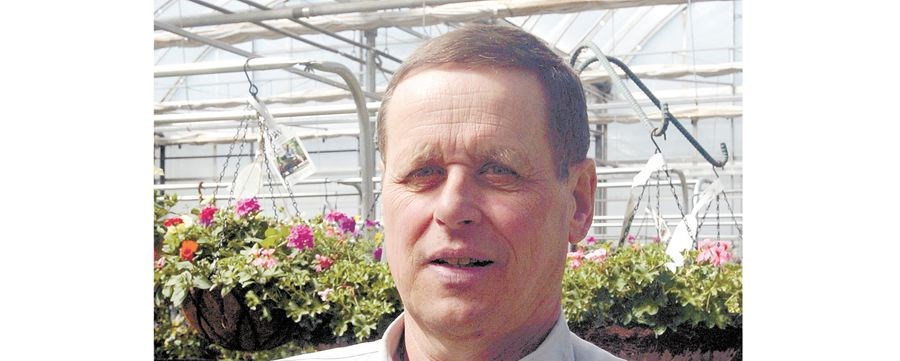Having a home garden and growing your own fruits and vegetables has many benefits. You get the opportunity to watch your vegetables grow, know exactly what was used to help them grow and best of all you get to eat your vegetables at their freshest. You also get the added bonus of working outside, and exercise.
By now, many local gardens are already producing lettuce, greens, spinach, green onions, radishes - all the makings for a great salad. To be able to enjoy these fresh vegetables through the summer takes some planning to ensure a continuous harvest. Though not a new technique, succession planting (which is the process of planting small sections of vegetables at alternating times to provide a constant supply of fresh vegetables) is quickly becoming popular. Rather than having a whole row of lettuce ready to harvest at once, it gives you small batches every week, leading to more fresh vegetables and less waste.
The easiest way to start succession planting is to divide the garden or row into sections and plant or seed your varieties every seven to 10 days. This will also work for container gardens. Visually divide the container into sections and alternate your planting in each section.
Other options would be to plant different varieties with different maturity times (early, mid-season, and late) at the same time and then harvest as they mature. If space is limited, to get the most out of your space, plant a second crop in the same space after the first crop has been harvested. This works best with early fast-growing crops such as radishes, spinach or leaf lettuce. When these are harvested, plant another crop of the fast-growing vegetables such as spinach, radishes and lettuce.
One of the best candidates for succession planting is lettuce and salad greens. There are so many different varieties of lettuce that you can create both a great mix and a steady supply. Varieties such as butter crunch, romaine, and leaf lettuce are some of the favourites. These varieties are great tasting and produce well all season long.
Lettuce enjoys a fertile soil and fertilizing with 8-20-20, 6-8-6, or bone/blood meal gives it a good boost. In order to maintain a steady supply of greens through the summer it is important to harvest lettuce properly. Pick lettuce as soon as it is big enough to use. On loose headed varieties, pick the outer leaves, allowing the inner leaves to continue to grow. Loose leaf varieties will grow back after being cut just a few centimetres from the base.
The Prince George area has a short growing season and to extend the growing season a frost protection blanket such as reemay can be used to cover crops. It can be used in the spring to get a head start, as well as in the fall to lengthen the season. This will make it even easier to practice succession planting and getting the most out of your garden.
Summer has only begun, and it's not too late to still plant some short-season crops such as lettuce, spinach, beet greens etc. Seeds are still available at the garden centre.



